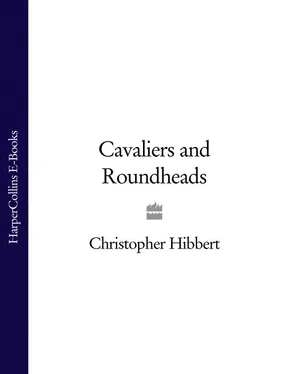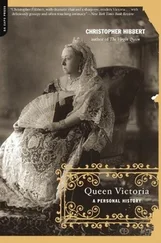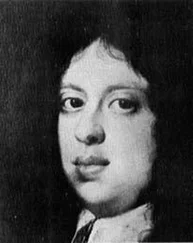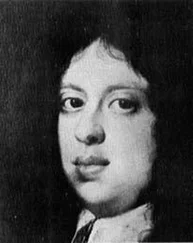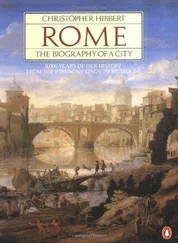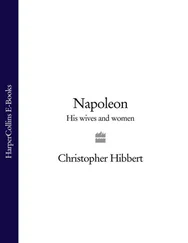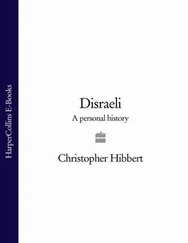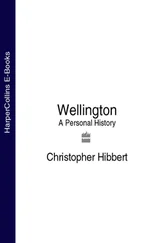Caualiers & Roundheads
Christopher Hibbert

Cover Page
Title Page Caualiers & Roundheads Christopher Hibbert
TABLE OF PRINCIPAL EVENTS
AUTHOR’S NOTE AND ACKNOWLEDGEMENTS
PROLOGUE
PART ONE
1 THE GATHERING STORM
2 TAKING SIDES
3 TRIAL OF STRENGTH
4 THE SPREAD OF WAR
5 LONDON AND OXFORD
6 FIGHTING IN THE WEST COUNTRY
7 BRISTOL AND GLOUCESTER
8 COLONEL CROMWELL’S MEN
PART TWO
9 SWINGS OF FORTUNE
10 ROADS TO MARSTON MOOR
11 FIGHTING LIKE BEASTS
12 THE NEW MODEL ARMY
13 LEICESTER AND NASEBY
14 DEATH THROES
15 OXFORD ABANDONED
16 SOLDIERS AND LEVELLERS
17 THE SECOND CIVIL WAR
18 THE DEATH OF THE KING
EPILOGUE
The Fate of Characters Whose End is Not Recorded in the Text
Some of the Principal Civil War Sites, Buildings, Memorials and Museums in England
BIBLIOGRAPHY
INDEX
About the Author
Praise
By the same author
The English A Social History 1066-1945
Copyright
About the Publisher
AUTHOR’S NOTE AND ACKNOWLEDGEMENTS
This is a narrative history of the Civil War in England concentrating upon what happened rather than upon what brought it about, upon the minor engagements and sieges – in which most of the war’s casualties were incurred – rather than upon the major battles, and upon the impact which the fighting had upon the civilian population. I have at the same time introduced as much little-known, curious and illuminating detail as I have been able to find.
It is intended for the general reader not the student, although I hope the student to whom the field is new may perhaps find it a useful introduction to the works of those scholars listed in the bibliography to whom I am myself deeply indebted. No references to sources are given in the text; but, for any readers who might be interested in consulting them, annotated copies of the book have been deposited at the library of the National Army Museum, Royal Hospital Road, Chelsea and the Mugar Memorial Library, the University of Boston, Massachusetts.
For their help in a variety of ways I must express my thanks to Margaret Lewendon, Alison Riley, Dr Francis Sheppard and to Dr Peter Boyden who kindly arranged for me to study the Civil War Papers of Brigadier Peter Young in the National Army Museum. I am much indebted also to the staffs of the London Library, the British Library, the Bodleian Library, Oxford, and the County Record Offices of England and Wales, in particular to Michael Farrar, Cambridgeshire County Archivist; Richard Childs, Principal Archivist, Sheffield City Council; Mrs J. Challinor, Derbyshire Library Service; H. A. Hanley, Buckinghamshire County Archivist; the staff of the Surrey Record Office; Miss S. J. Lewin of the Hampshire Record Office; Jim Grisenthwaite and D. M. Bowcock, Assistant County Archivists, Cumbria Record Office; R. P. Jenkins, Senior Assistant Keeper of Archives, Leicestershire Record Office; Mrs Patricia Gill, County Archivist, West Sussex Record Office; Miss Rachel Watson, Northamptonshire County Archivist; Miss Jane E. Isaac, Assistant Archivist, Suffolk Record Office; Miss Monica Ory, Deputy County Archivist, Warwickshire Record Office; Adrian Henstock, Principal Archivist, Nottinghamshire Archives Office; Mrs M. M. Rou, Devon County Archivist; James Collett-White, Bedfordshire County Record Office; Miss Kathleen Topping, Manager, Centre for Kentish Studies, West Kent Archives Office; A. M. Carr, Deputy Head of the Record and Research, Shropshire Cultural Services; and Miss J. T. Smith, Principal Archivist, Essex County Archives; to my agents Bruce Hunter and Claire Smith; to Richard Johnson of HarperCollins and to Charles Scribner’s, Sons, New York.
I am also most grateful to Hamish Francis for reading the proofs, to Katherine Everett for her help in choosing the illustrations, to Robert Lacey, my editor at HarperCollins, and to my wife for having compiled the index.
Finally I want to say how much I am indebted for his generous help to John Morrill, Fellow of Selwyn College, Cambridge and to Donald Pennington, sometime Fellow of Balliol College, Oxford, for having read the typescript and having given me so much useful advice.
Christopher Hibbert
‘It is called superstition nowadays for any man to come with more reverence into a church than a tinker and a dog into an ale-house.’
Archbishop Laud
On a winter’s day in 1624 Lord Kensington, England’s ‘wooing Ambassador’ as he called himself, rode into Paris to present as alluring a portrait as he could of the twenty-three-year-old Prince of Wales. Without recourse to the hyperbole which envoys on such a commission as his had commonly to employ, Kensington, himself an extremely handsome man ‘of a lovely and winning presence’, was confident that he could draw a picture sufficiently appealing to recommend the Prince as a husband for the King of France’s daughter, Henrietta Maria.
He could honestly describe a courteous young man, kind and considerate, rather delicate, even feminine in appearance, it was true, and by no means tall, no more than 5 feet 4 inches in fact, but healthy, with limbs made strong by vigorous exercise, by riding, tennis and golf, a curious Scottish game, as Kensington had to explain, which required both skill and strength in wielding a crooked club to drive balls made of hard leather stuffed with feathers into certain holes made in the ground. The Prince was meditative and studious; he read often from a little book, written out by hand and containing – though Lord Kensington had never looked closely inside it – noble sentiments and spiritual advice; he was most regular in his religious observances. Yet he was a young man of action, too, and of physical courage; he hunted with splendid spirit and took a keen interest in military affairs, having once even asked his father for permission to go off and fight in the service of the Doge of Venice. He was renowned for his temperate tastes: he had a good appetite but never ate greedily, preferring plain food to rich; he enjoyed a glass of wine or ale but never drank to excess, often, indeed, contenting himself with a glass of water or fruit juice; there had never been the least suspicion of his misbehaving with any young ladies of the English Court.
Lord Kensington took care not to emphasize this demure chastity, which seemed to some of the more uncharitable gossips in England to suggest that the Prince might be ‘less than a man’. Nor did Kensington find cause to lay too much emphasis on the solemnity of his nature, the rarity of those occasions upon which a smile of amusement lit up his small, pale, wistful face or brought a gleam of pleasure into his sad, rather prominent eyes, the even rarer occasions upon which he had been heard to laugh. There was certainly no need to mention his flashes of petulant temper, his occasional obstinacy, his disconcerting reserve, the stammer that sometimes impeded his speech, Scottish in accent like his father’s, though not so strongly so.
He had been born in Scotland on 19 November 1600, twelve miles outside Edinburgh, in a bedroom overshadowed by the great stone tower of Dunfermline Abbey. His father was King of Scotland then, and although – as the son of the Queen of England’s cousin, Mary, Queen of Scots, and as the great grandson of King Henry VIII’s sister, Margaret – King James was generally accepted as the rightful heir to the English throne, Queen Elizabeth had not yet nominated him as her successor. Nor had she done so until she was on her deathbed in March 1603 when, brought the long-awaited news at Holyroodhouse, King James rode fast for the English border, followed by his lively and handsome Danish wife Anne, and accompanied by numerous courtiers and retainers who hoped to share with him some of the profits of his inheritance. Prince Charles was left in the care of nurses and servants. He was three years old by then, but he had not the strength to walk and he could not speak.
Читать дальше
